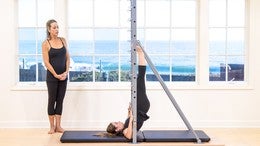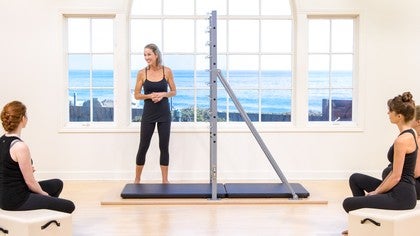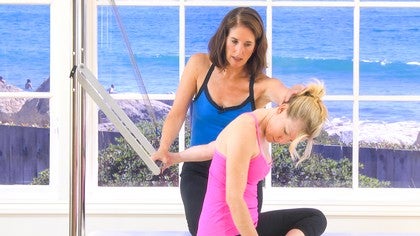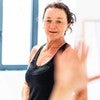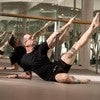Premium workshop
You can view a 2 minute preview. For details, scroll down below the video.
Description
Join Kyria Sabin in this workshop where she discusses the history of the Guillotine in Pilates and specifically in the work of Ron Fletcher. She shows many ways you can use this piece of equipment and how it feels different than movements on the Tower or Cadillac. She also shows how you can use the Guillotine to get feedback as to how your body is working.
Objectives
Objectives
- Learn the setup and action of different exercises to work the entire body
- Use the settings of the Guillotine to give you feedback about where you initiate the movement
What You'll Need: Guillotine
About This Video
Workshops: Teaching Methodology
Comments
Skip to Latest
This was a GREAT workshop Kyria Sabin !! I am going to keep doing more self practice on the Guillotine and love that you mentioned we can do our barre work here too!
4 years ago
You need to be a subscriber to post a comment.
Please Log In or Create an Account to start your free trial.

